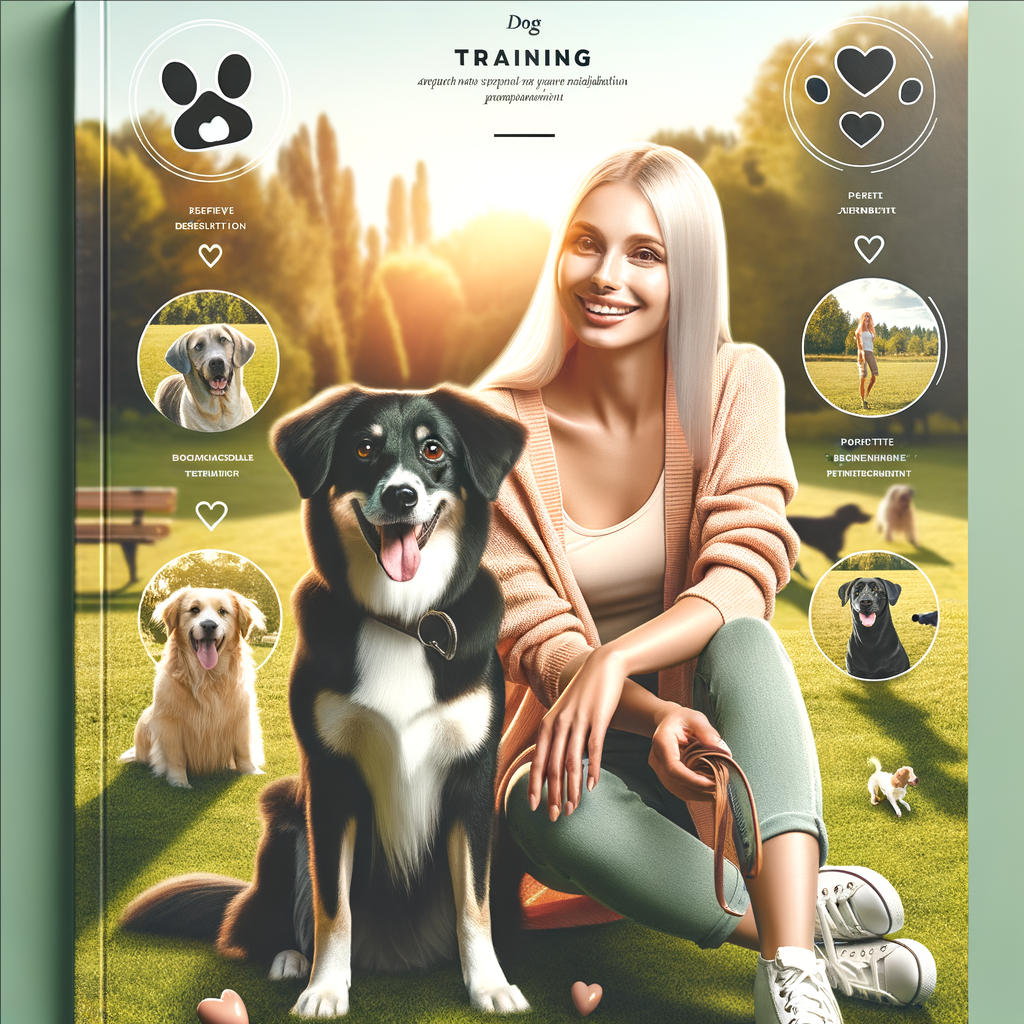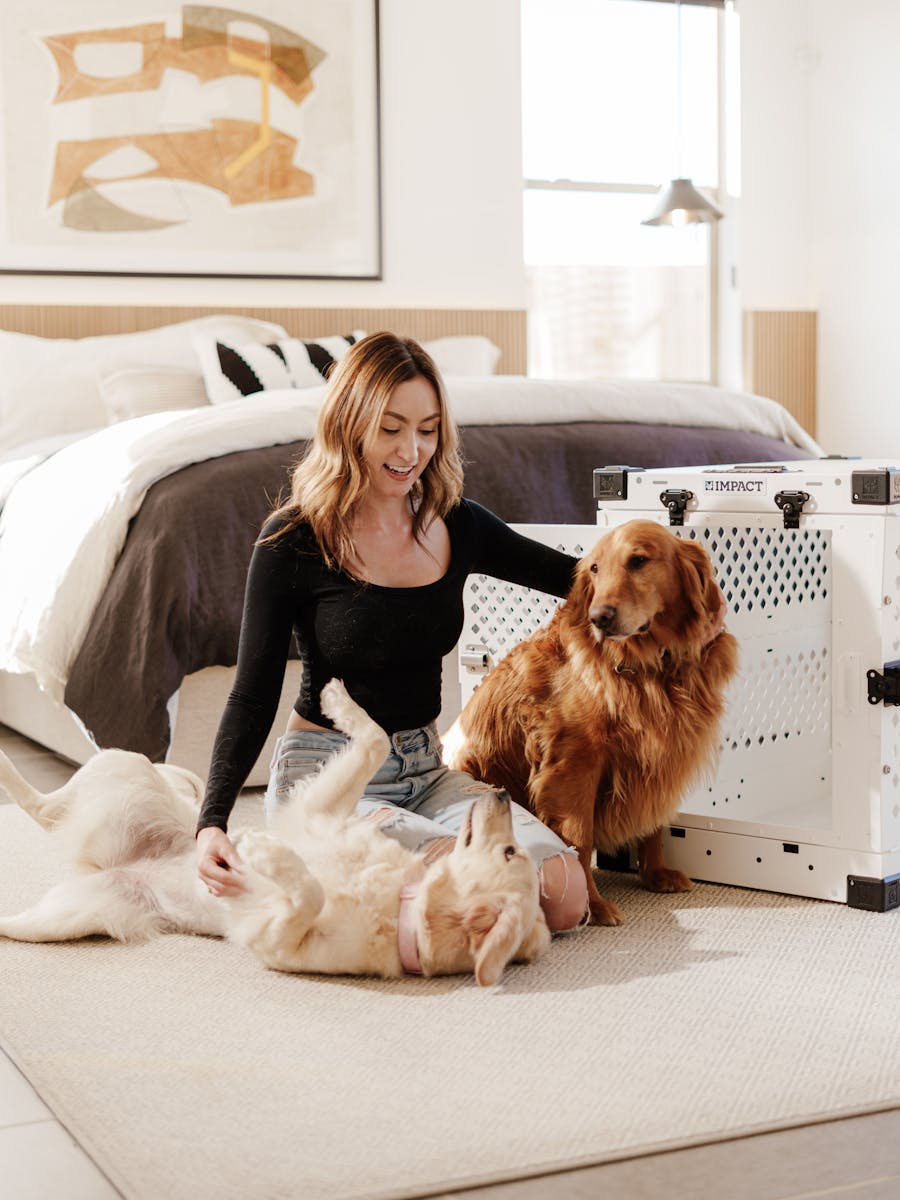How to Correct Common Behavioral Issues in Dogs
1. Excessive Barking
Barking is a natural form of communication for dogs. However, excessive barking can create tension between pets and their owners or disturb the peace in your neighborhood.
Understanding the Cause
- Attention-Seeking: Some dogs bark because they desire attention or interaction from their owners.
- Fear or Anxiety: Other dogs may bark due to fear of strangers, loud noises, or unfamiliar environments.
Solutions
To effectively address excessive barking:
- Identify Triggers: Keep a journal to track circumstances that trigger your dog’s barking, such as other animals passing by or unexpected sounds.
- Training Techniques:
– Use positive reinforcement. Smother your dog in treats and praise when they remain quiet during triggers.
– Gradually expose your dog to these stimuli while rewarding calm behavior.
2. Destructive Chewing
While chewing is often natural for puppies, adult dogs can also chew destructively due to boredom or anxiety.
Recognizing the Problem
- Age Factor: Puppies experience teething, which necessitates chewing for relief.
- Boredom & Separation Anxiety: Dogs left alone for long periods can exhibit destructive chewing as a coping mechanism.
Solutions
To minimize destructive chewing:
- Provide Appropriate Chew Toys: Invest in durable toys that are specifically designed for heavy chewers.
- Increase Exercise & Mental Stimulation: Regular walks, playtime, and interactive games can keep your dog’s mind engaged, helping to curb unwanted chewing behavior.
3. Jumping on People
Jumping up is a common yet often unwelcome greeting among dogs. While they may see it as a friendly welcome, not everyone appreciates such enthusiasm.
The Greeting Dilemma
- Excitement Overload: Dogs with excess energy may jump up to greet new people excitedly.
Solutions
To manage this jumping behavior:
- Teach the “Sit” Command: Train your dog that sitting calmly will earn them attention rather than jumping up.
– Consistently practice using treats to reinforce this behavior.
– Ensure all family members maintain this rule to avoid confusion.
4. Leash Pulling
Walking your dog should be a delightful experience, but leash pulling can turn strolls into a tug-of-war.
Why It Happens
Leash pulling often occurs for several reasons:
- Your dog is eager to explore their surroundings.
- They may have learned that pulling gets them to their desired destination faster.
Solutions
To teach proper leash manners:
- Use Positive Reinforcement: Reward your dog whenever they walk calmly beside you, restarting your journey each time they pull away.
- Try Training Tools: Consider using no-pull harnesses, which discourage pulling while remaining comfortable for your pup.
5. Aggression Towards Other Dogs
Aggressive behavior toward other pets is a significant concern for both safety and socialization.
Identifying Triggers
Aggression can stem from various factors, including:
- Fear-Based Reactions: Past trauma can lead to aggressive tendencies.
- Territorial Instincts: Some dogs may perceive other dogs as threats to their territory.
Solutions
To address aggressive tendencies, consider the following:
- Socialization Classes: Enroll your dog in classes that provide controlled interactions with a variety of breeds, helping them build confidence over time.
- Seek Professional Help: If aggressive behavior persists, consult a certified dog trainer who specializes in challenging behaviors to create personalized strategies that suit your dog’s needs.
Conclusion
Correcting common behavioral issues in dogs hinges on understanding their motivations and employing consistent training techniques grounded in positive reinforcement. Remember, patience is essential—behavioral improvements take time, and it’s important to celebrate small victories along the way. With commitment from both pet and owner, the bond between you and your furry companion can flourish, making those tail-wagging moments even more joyful.
If you’ve experienced any of these behaviors with your dog, share your tips and success stories in the comments below! Let’s support each other in our journey to better understand our dogs. And if you found this information helpful, don’t forget to share this post with fellow dog lovers!
news via inbox
Nulla turp dis cursus. Integer liberos euismod pretium faucibua





